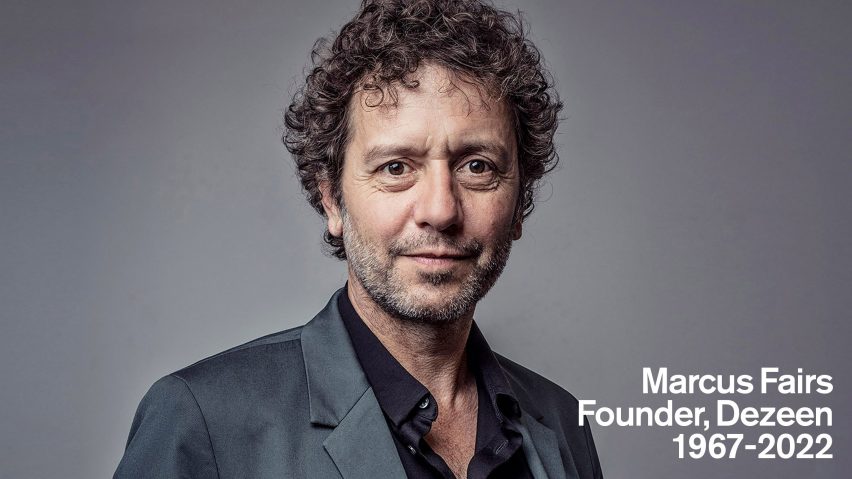
Remembering the design world greats we lost in 2022
As the end of 2022 draws near, our review of the year pays tribute to the architects, designers and industry figures we lost in the past 12 months, including Spanish architect Ricardo Bofill, Japanese fashion designer Issey Miyake and Dezeen founder Marcus Fairs.
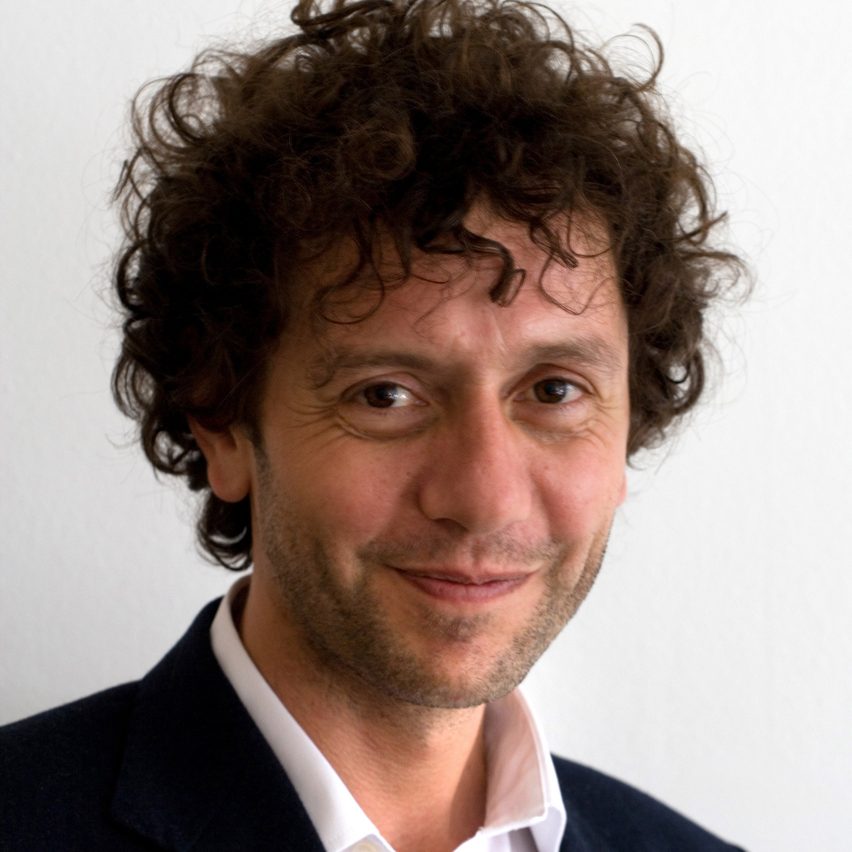
Dezeen founder, CEO and editor-in-chief Marcus Fairs died suddenly and unexpectedly on 30 June 2022, aged 54.
Fairs was a brilliant journalist and visionary entrepreneur who changed the landscape of design journalism.
He launched Dezeen in 2006 from his spare bedroom, and it grew to become the world's most popular and influential online architecture, interiors and design magazine. Before that, he was the founding editor of the design magazine Icon.
A tribute article written by Justin McGuirk, chief curator at the Design Museum and a former colleague of Fairs, describes him as "one of the design world's pre-eminent power brokers."
Find out more about Marcus Fairs ›

Brazilian architect, designer and Estudio Campana co-founder Fernando Campana died on 16 November.
He and his older brother Humberto – more commonly known as the Campana brothers – earned international acclaim for furniture designs that were rooted in Brazilian culture and tradition.
Their breakthrough project was the Vermelha Chair, made from 500 metres of red rope, which was put into production by Italian brand Edra, but they are perhaps best known for their Banquete chairs, which are made out of stuffed toys.
Campana was described by London's Design Museum as "one of the most important designers of our generation".
Find out more about Fernando Campana ›
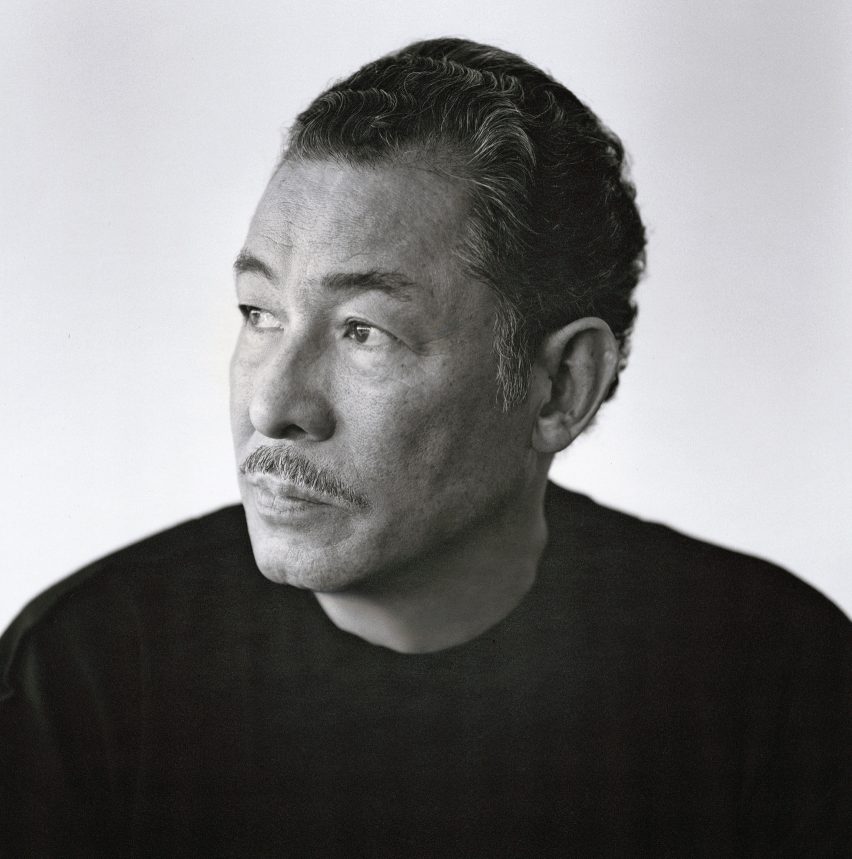
Japanese designer Issey Miyake, founder of the eponymous fashion brand, died in Tokyo on 5 August following a battle with liver cancer.
Miyake was an innovator who embraced both craft and technology, using a range of materials and fabric manipulation techniques to create his pioneering fashion collections.
With both the Issey Miyake brand and sub-labels – including Pleats Please, A-POC and Bao Bao – he created revolutionary sculptural, technical and pleated garments.
Miyake stepped back from his nine brands in 1999, turning over responsibility to his associates, but he maintained final oversight until his death, aged 84.
Find out more about Issey Miyake ›
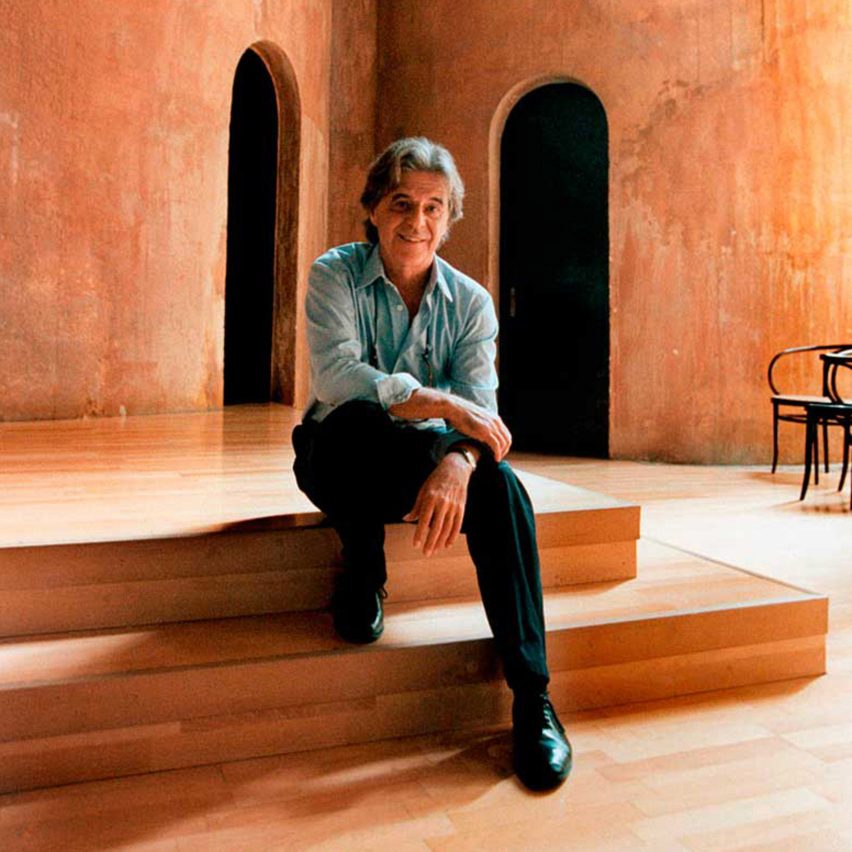
Spanish architect Ricardo Bofill passed away on 14 January, aged 82, leaving behind a legacy of bold, experimental architecture.
After founding his studio Ricardo Bofill Taller de Arquitectura (RBTA) in 1963, he went on to design the monumental Walden 7 and La Muralla Roja apartment blocks, both in Spain.
Other celebrated works include Castell de Kafka in Catalonia and Les Espaces d'Abraxas near Paris, as well as his award-winning home and studio, La Fábrica, a repurposed cement factory.
Find out more about Ricardo Bofill ›
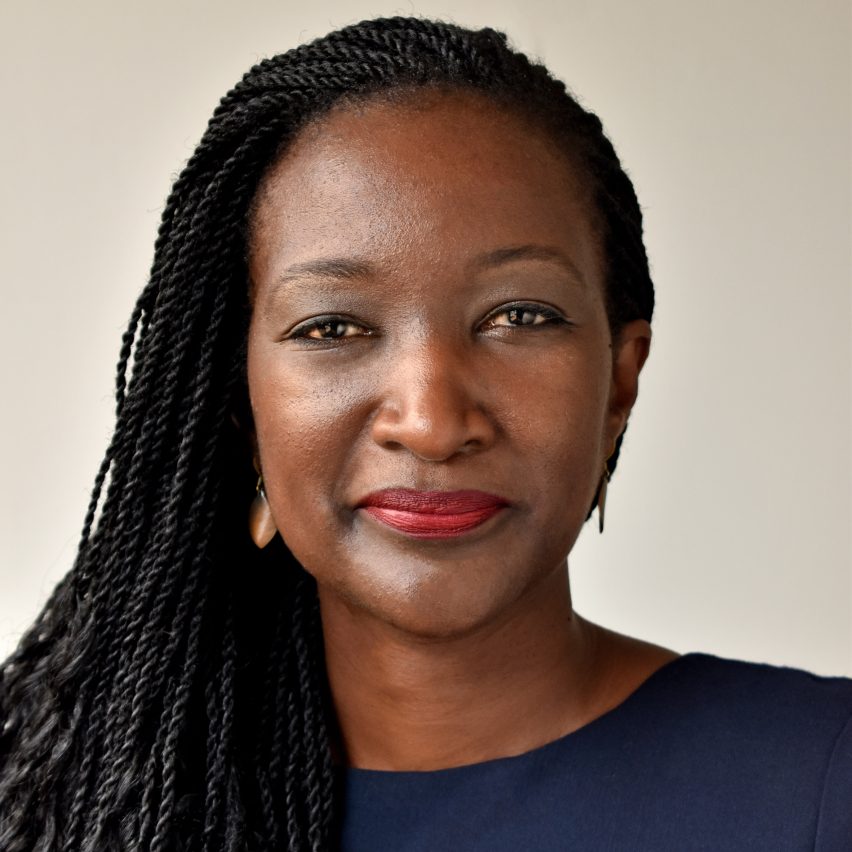
The untimely death of Doreen Adengo, founder of Uganda-based Adengo Architecture, followed a long-term illness. She died on 22 July, aged 45.
Adengo was lauded for her commitment to affordable and sustainable architecture, and particularly to social housing.
Having grown up in Uganda, she moved to the US when she was 18. After completing a masters in architecture at Yale University, she worked in studios in Europe and the US before returning to her home country.
Her best-known projects include the mixed-use L-Building, which is formed of clay bricks, and the climate-conscious Bujuuko Schools.
Find out more about Doreen Adengo ›

Jonathan Gales, co-founder of British film and animation studio Factory Fifteen, died tragically after being hit by a car on November 19, aged 36.
Gales and his Factory Fifteen co-founders Paul Nicholls and Kibwe Tavares directed the BBC's BAFTA-winning trailer for the Tokyo 2020 Olympics.
The trio met while studying together at The Bartlett School of Architecture, where they produced ground-breaking films exploring the future of architecture and technology.
After forming Factory Fifteen, architecture remained a central focus in the visuals and animations produced for clients including Formula 1, Samsung, Film 4 and The British Film Institute.
Find out more about Jonathan Gales ›
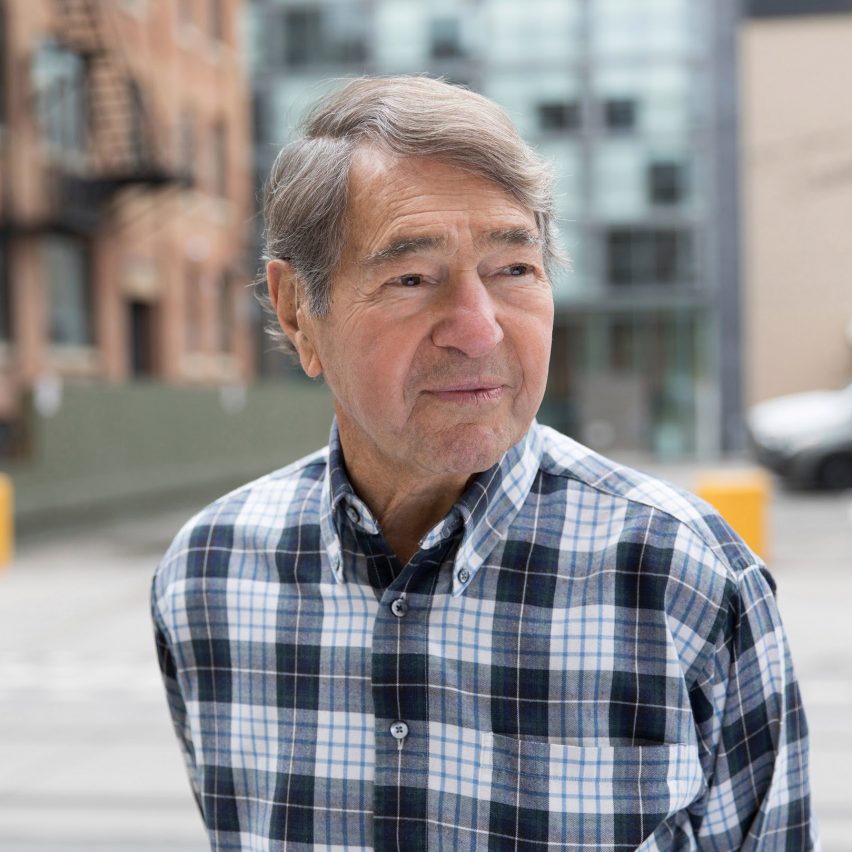
One of Toronto's leading architects, Diamond Schmitt co-founder Jack Diamond passed away on 30 October, a week before his 90th birthday.
Diamond started the firm with partner Donald Schmitt in 1975 and led the design of major buildings including the Holly Blossom Temple and Four Seasons Centre for the Performing Arts, both in Toronto, the Memorial Hall at Marlborough College in the UK, and the Foreign Ministry of Israel in Jerusalem.
The architect also founded the masters of architecture program at the University of Toronto, where he was the first director.
His many accolades include the Royal Architectural Institute of Canada's highest honour, the RAIC Gold Medal, which he received in 2001.
Find out more about Jack Diamond ›
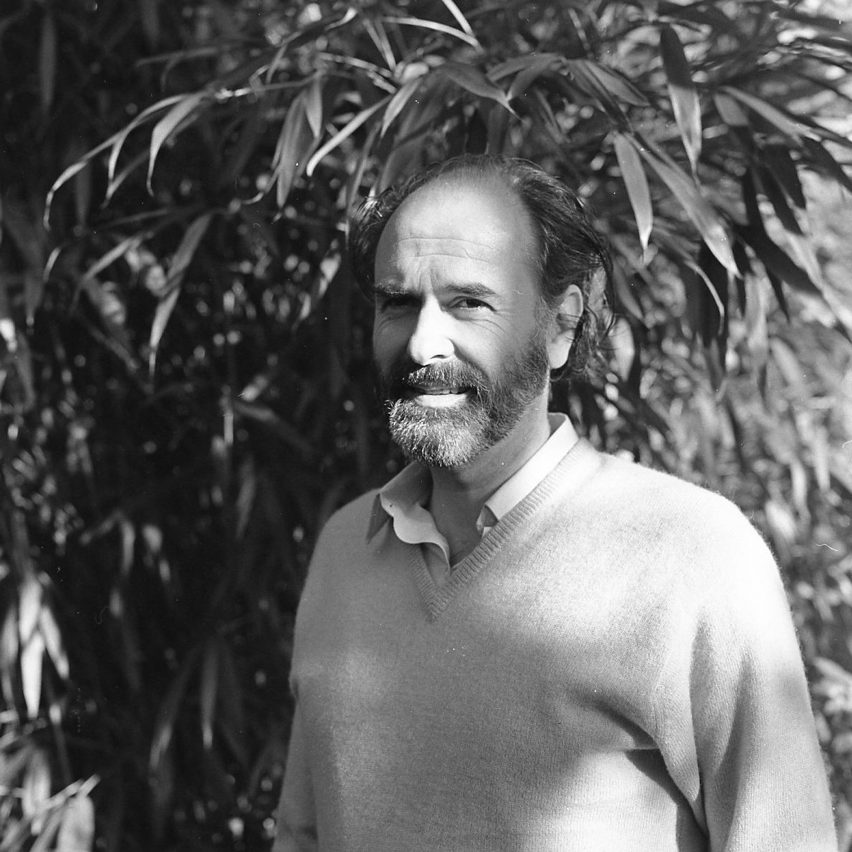
Belgian architect Lucien Kroll, known for his participatory and collaborative architecture, died while out walking on 2 August, aged 95.
The architect is perhaps best known for his campus extension La MéMé at the University of Louvain in Belgium, designed with the participation of the students, which features an adaptable layout thanks to moveable inner walls and partitions.
Other buildings completed by Atelier Kroll, the studio he founded in partnership with his wife Simone Kroll, include the Alma metro station.
The couple were awarded the Brussels Architecture Prize's inaugural Lifetime Achievement Award in 2021.
Find out more about Lucien Kroll ›
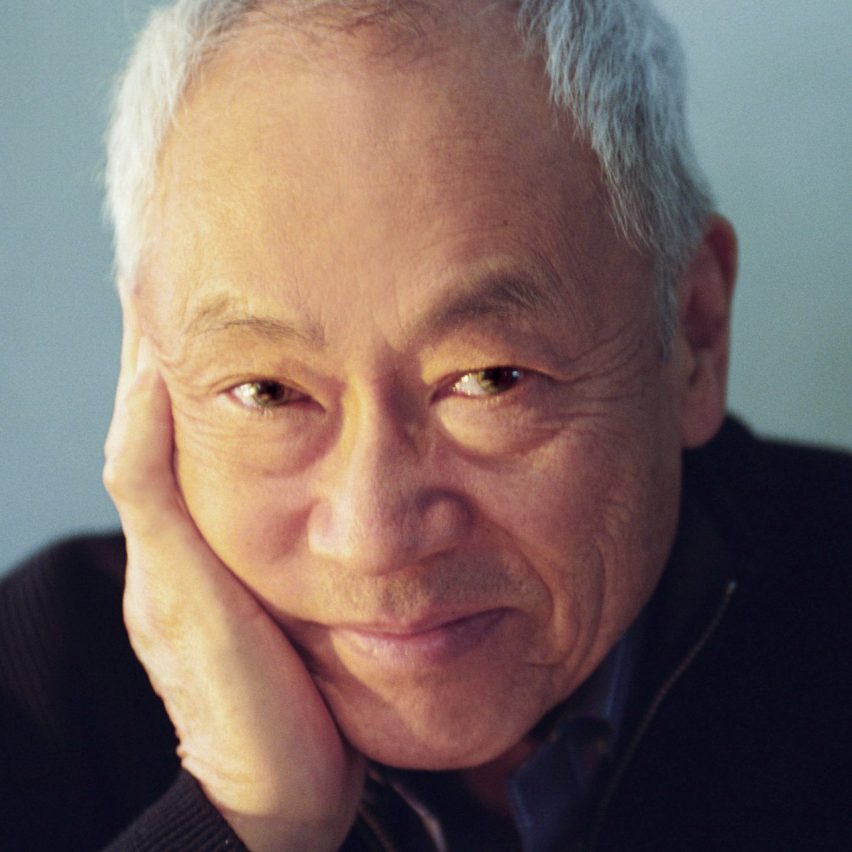
Gyo Obata, one of the three founders of American architecture, engineering and planning giant HOK, died on 8 March aged 99.
The architect is known for buildings including the Priory Chapel in St Louis County, Missouri, the National Air and Space Museum in Washington DC, and the Galleria in Houston.
Obata, the son of two Japanese artists who emigrated to the US, managed to avoid internment after Pearl Harbor and enrol at Washington University in St Louis – one of the only architecture schools taking Japanese-American students at the time.
He founded HOK with partners George Hellmuth and George Kassabaum in 1955 and worked on projects around the world for 57 years before retiring in 2012.
Find out more about Gyo Obata ›
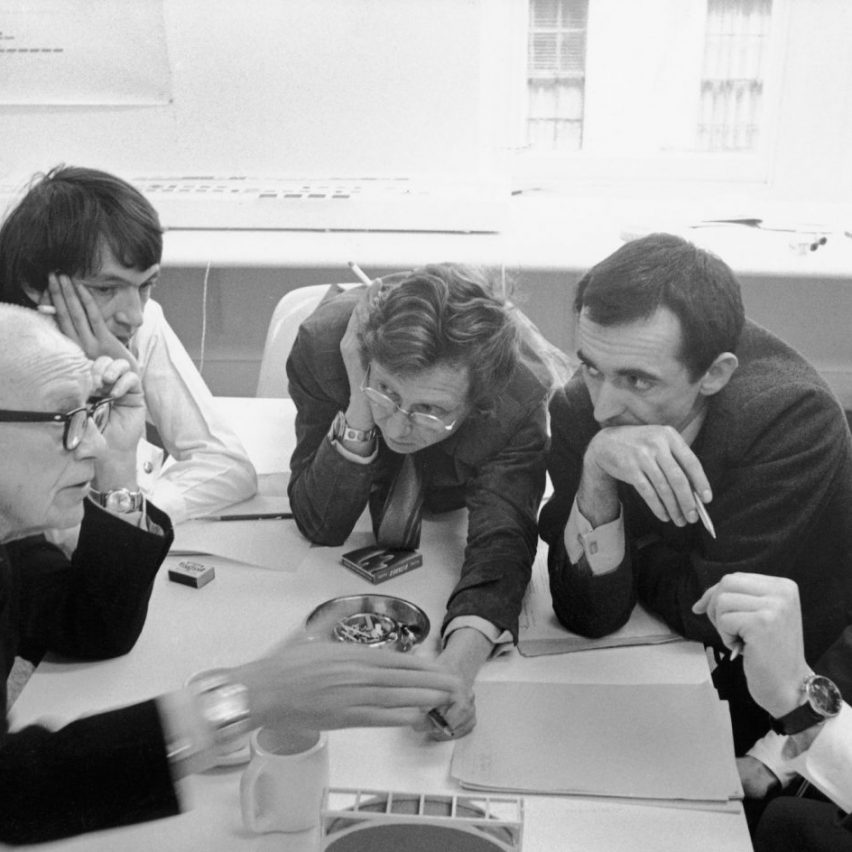
Pioneering British structural engineer Antony Hunt, or Tony as he was known, passed away on 16 August aged 90.
Hunt worked with high-tech architecture pioneers Norman Foster, Richard Rogers, Nicholas Grimshaw and Michael and Patty Hopkins on projects including the Sainsbury Centre, Hopkins House and the International Terminal at Waterloo.
He founded his firm, Anthony Hunt Associates, in 1962, with early projects including Neave Brown's Alexandra Road Housing Estate. Hunt led the office until his retirement in 2002.
Friend and collaborator Norman Foster said: "Tony was a mature designer as an engineer, but he retained a child's sense of wonderment at anything mechanical and his enthusiasm was boundless and contagious."
Find out more about Antony Hunt ›
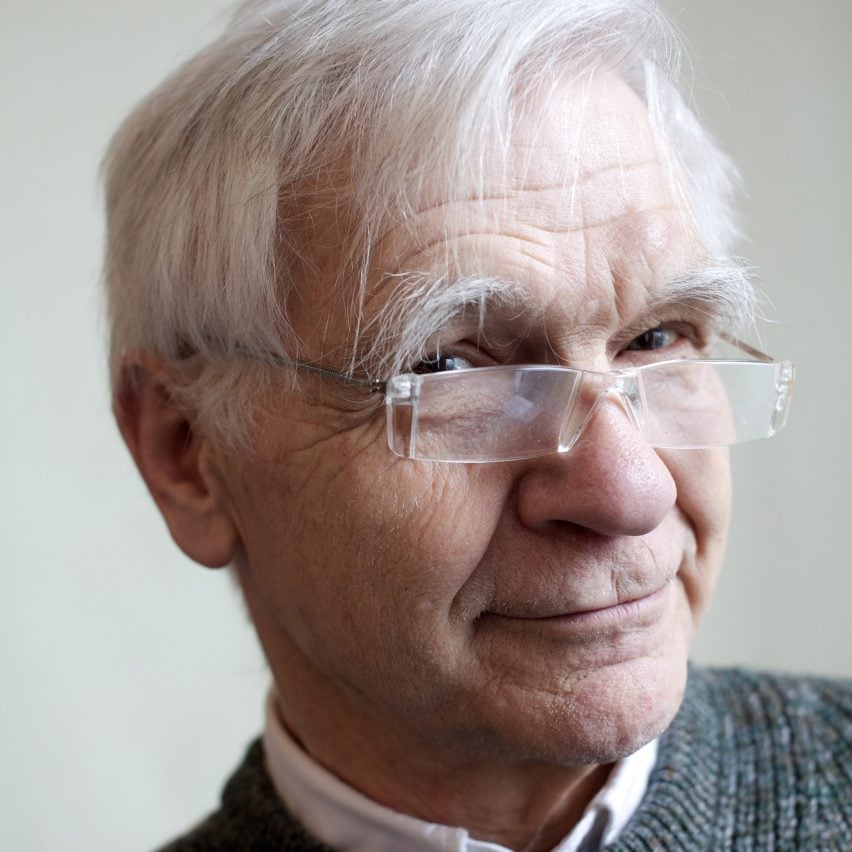
Another pioneering engineer lost in 2022, Max Fordham died on 4 January aged 88.
Fordham revolutionised service engineering by bringing together previously disparate services trades – electrics, heating and plumbing – in an approach that is now ubiquitous.
Described by his firm Max Fordham & Partners as a "pioneer of sustainable building design", Fordham was also committed to exploring ways of reducing a building's energy consumption.
Key projects include Neave Brown's Alexandra Road Housing Estate in London and Tate St Ives in Cornwall, as well as his own all-electric and energy-efficient home, the RIBA Award-winning Max Fordham House in north London.
Find out more about Max Fordham ›
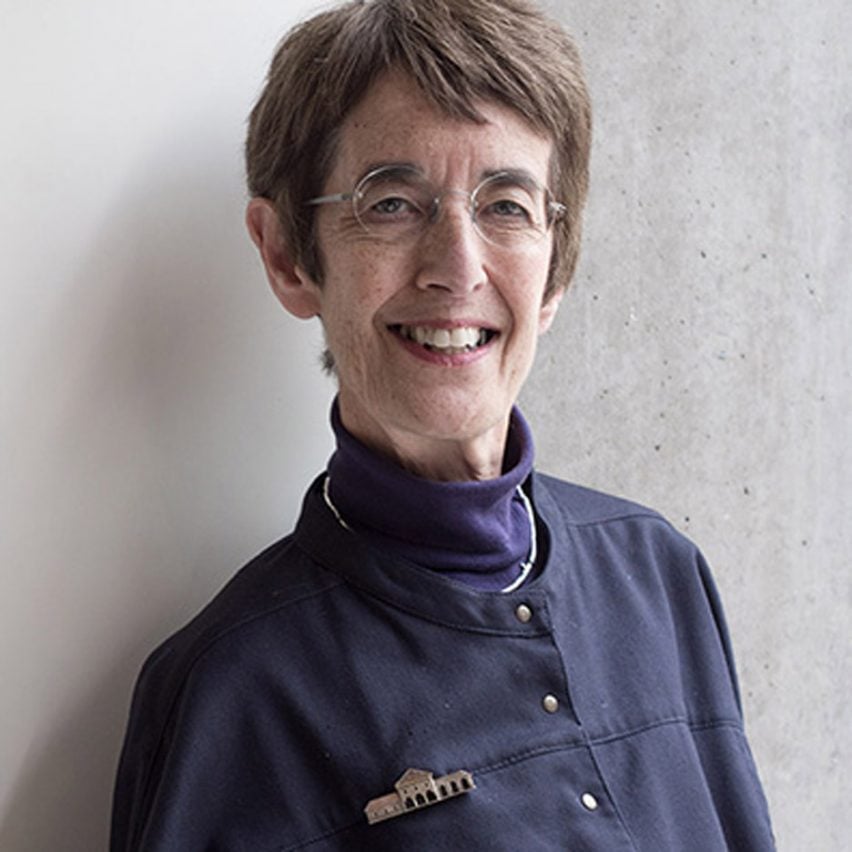
Architect, educator and former Allies and Morrison director Diane Haigh died unexpectedly on 31 July, aged 73.
Haigh was a director at British architecture firm Allies and Morrison from 1996 to 2007, leading projects including the refurbishment of London's Royal Festival Hall, and a consultant director from 2011 to 2016.
In between, she was director of design review at the Commission for Architecture and the Built Environment (CABE), a non-departmental public body responsible for advising the UK government on architecture and urban design.
Find out more about Diane Haigh ›
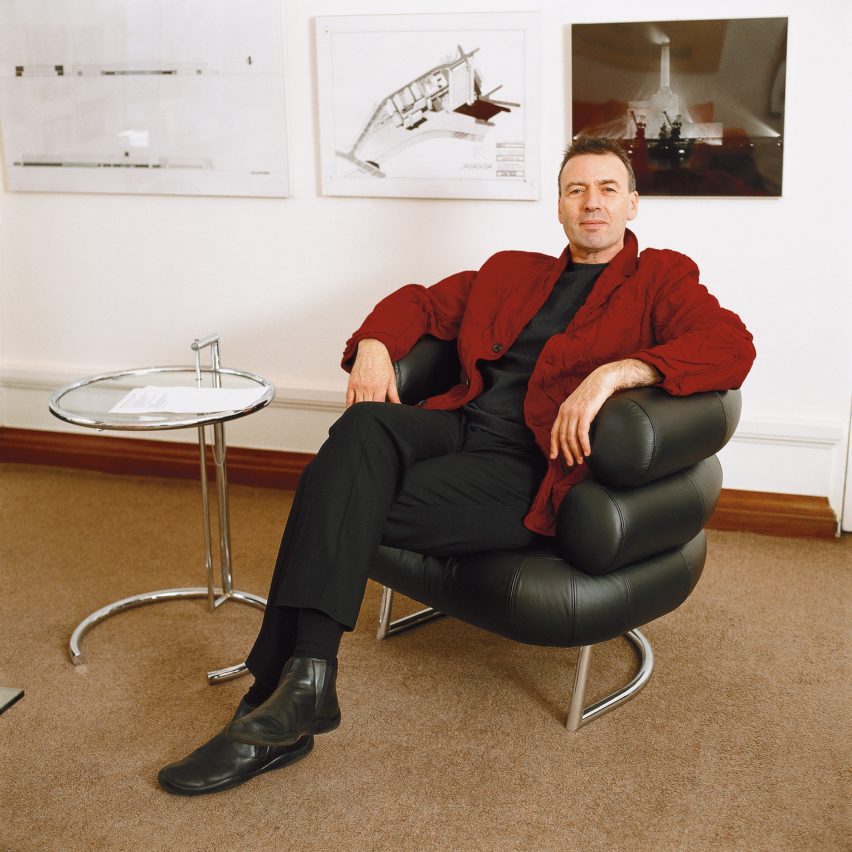
British architect Marco Goldschmied, a founding partner of the Richard Rogers Partnership and former RIBA president, lost his battle with lung cancer on 7 July, aged 78.
Known as the "business brain", Goldschmied was one of four founders of the Richard Rogers Partnership in 1977. He was involved in projects including the Lloyd's building, Channel 4 Headquarters and Heathrow Terminal 5, and served as managing director of the firm from 1984 to 2004.
Goldschmied was also co-founder of the Stephen Lawrence Prize and an important supporter of architecture education and awards through his charity, the Marco Goldschmied Foundation, set up in 1998.
Find out more about Marco Goldschmied ›
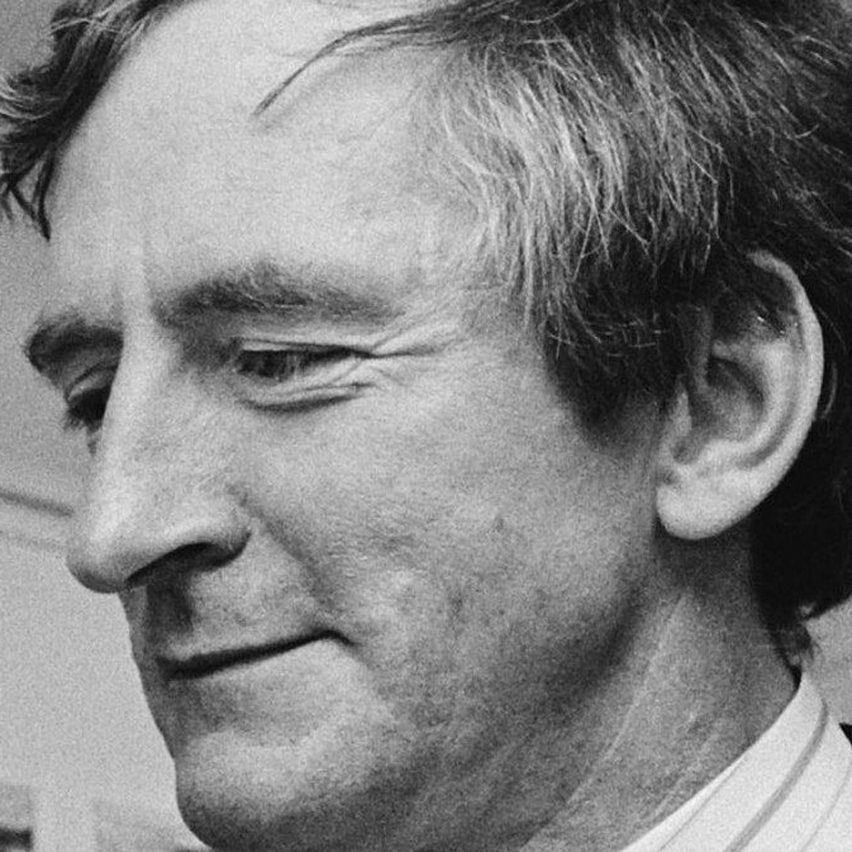
Raymond Briggs, the British illustrator best known for creating children's picture book The Snowman, passed away on 9 August at the age of 88.
The Snowman, which follows the story of a boy who makes a snowman that comes to life, was released in 1978. It won several awards before being turned into a BAFTA-winning animated television film in 1982.
Throughout his six-decade career, Briggs also created a number of satirical books for adults. Among his most well-known works is the graphic novel When The Wind Blows, which was also turned into an animation.
Find out more about Raymond Briggs ›
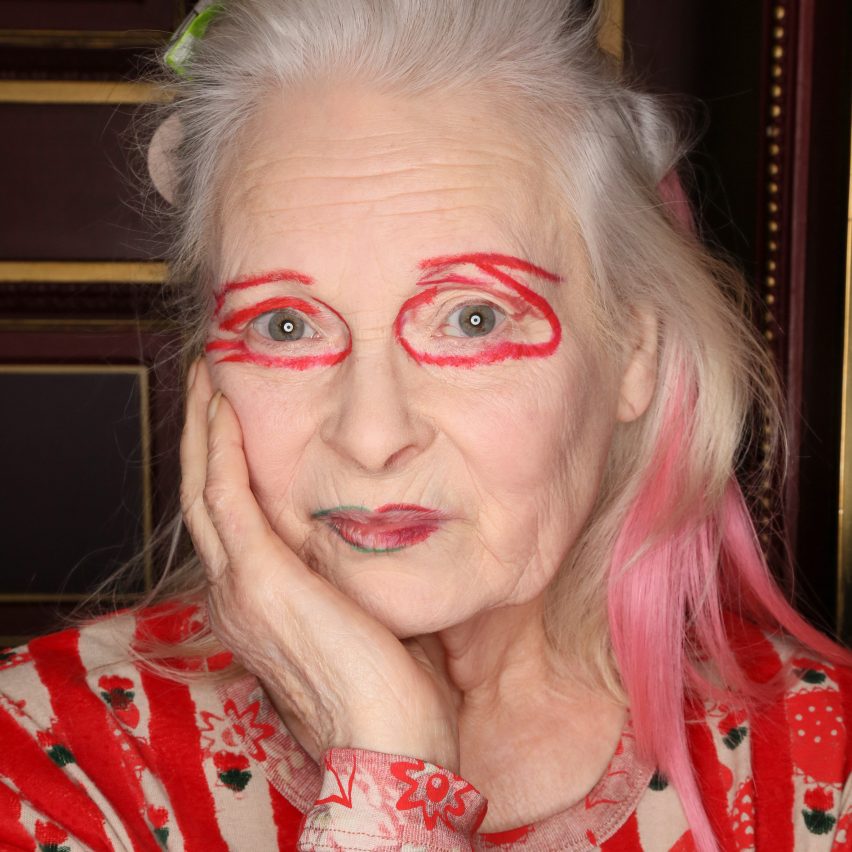
British fashion designer and activist Vivienne Westwood passed away on 29 December at the age of 81.
She was best known as a key figure in the punk fashion scene in the 1970s along with her activism drawing attention to climate change as well as nuclear disarmament and civil rights.
In a 60-year career, she received numerous accolades including being named British Fashion Designer of the Year in 1990, 1991 and 2006. She received an OBE in 1992 and in 2006 she was made a Dame for services to fashion.
Find out more about Vivienne Westwood ›
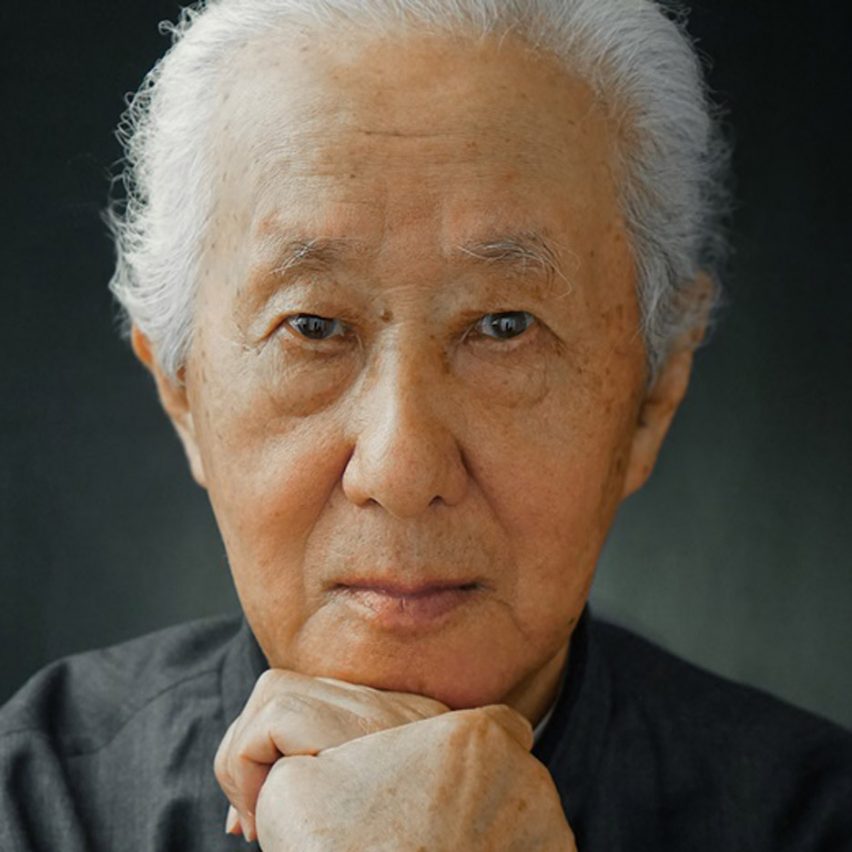
Japanese architect Arata Isozaki, who won the Pritzker Architecture Prize and RIBA Gold Medal, passed away aged 91 on 28 December.
One of the country's most influential post-war architects, Isozaki was responsible for over 100 buildings in Japan and around the world.
His most significant buildings include the early Japanese brutalist Ōita Prefectural Library and later international modernist Museum of Contemporary Art in Los Angeles.
Find out more about Arata Isozaki ›